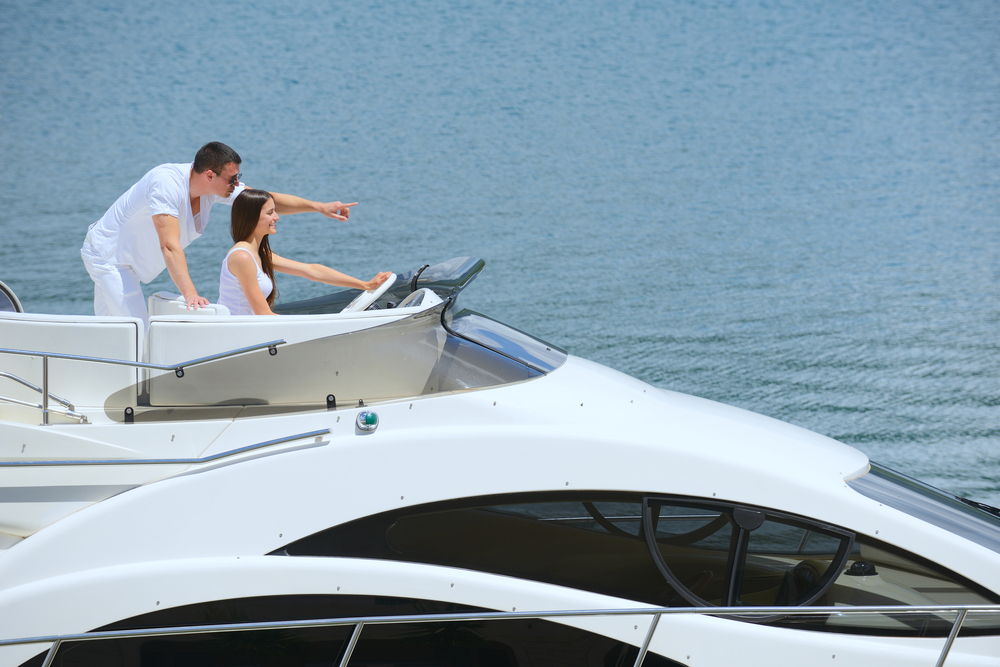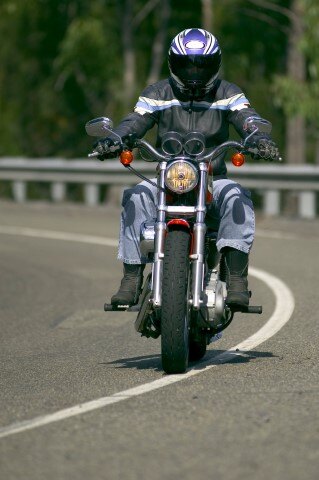Your Checklist to Ensure You Aren't Robbing Your Boat of Horsepower
No matter what kind of boat you own, if you’re like most boat owners you want to squeeze out as much horsepower from it as possible.

Registered motorcycles in the United States number around 10 million. And it’s a popular pastime, judging from the yearly increase of 500,000 bike registrations annually since 2006.
Motorcycle owners invest big bucks in their rides and have reason to be concerned about the debate over the increase in ethanol content in gasoline from ten to fifteen percent.
 The Energy Independence and Security Act
The Energy Independence and Security ActCars and motorcycles have been running on E10 ethanol for a number of years now. E10 refers to the fuel blend that is 90 percent gasoline and 10 percent ethanol. But, to make sure their engines run properly with E10, motorcycle owners routinely use fuel additives to counteract the ill effects of ethanol.
However, the use of E15 (15% ethanol and 85% gasoline) gasoline is illegal in all engines except passenger cars. The development of the choice between both E10 and E15 gasoline is a result of the Clean Air Act of the early 1990s and the Energy Independence and Security Act (EISA) of 2007.
The reasons for these federal laws are twofold:
E10 has been around for years now, but the spread of E15 has been slow, and only pumps called blender pumps may dispense E15 blended gas. They must be clearly labeled that the pump is for use in passenger cars only; the wording is, “Passenger vehicles only. Use in other vehicles, engines, and equipment may violate Federal law.”
Ethanol is, of course, alcohol. When alcohol is present in the fuel, metal parts in the fuel system corrode from the alcohol exposure. While fuel system additives can solve the metal corrosion problem, older fuel systems that may contain plastics, rubber, and other seal materials need the protection of a high-quality fuel additive for motorcycles, too.
While alcohol causes corrosion on its own, ethanol also absorbs water from nearly every source, even the air. Once the water dissolves in motorcycle fuel tanks, it may cause the ethanol to separate from the fuel and settle to the bottom of the fuel tank. Should this occur and the water is drawn into the engine of the motorcycle, expect the bike to run lean, misfire, or even stop running altogether. The separation of gas and water is “phase separation” and the damage from it can cost a great deal of money.
Another problem with Ethanol in motorcycle fuel is ethanol lowers the BTU output when burned, compared to pure gasoline. This results in lower gas mileage as well as diminished performance. The use of a proper fuel additive should correct this problem as well
When choosing a motorcycle fuel additive, make sure it has no alcohol in it. Finding alcohol in motorcycle additives is common, as it is good at cleaning gunk and debris. However, it makes the problems associated with ethanol worse.
If you own a motorcycle, make sure you never inadvertently fill your gas tank with anything more than E10. Non-alcohol-based additives for motorcycles help prevent the problems that engines encounter from ethanol added to gasoline.
Photo Credit / Creative Commons / No Changes Made

No matter what kind of boat you own, if you’re like most boat owners you want to squeeze out as much horsepower from it as possible.
Classic car owners love their vintage cars. Most owners know their engines inside and out - fuel tank, fuel line, carburetor, spark plugs, ignition.

There’s nothing like riding a motorcycle on the open road. For most of the world, the motorcycle or 2-wheel scooter is the most common form of...